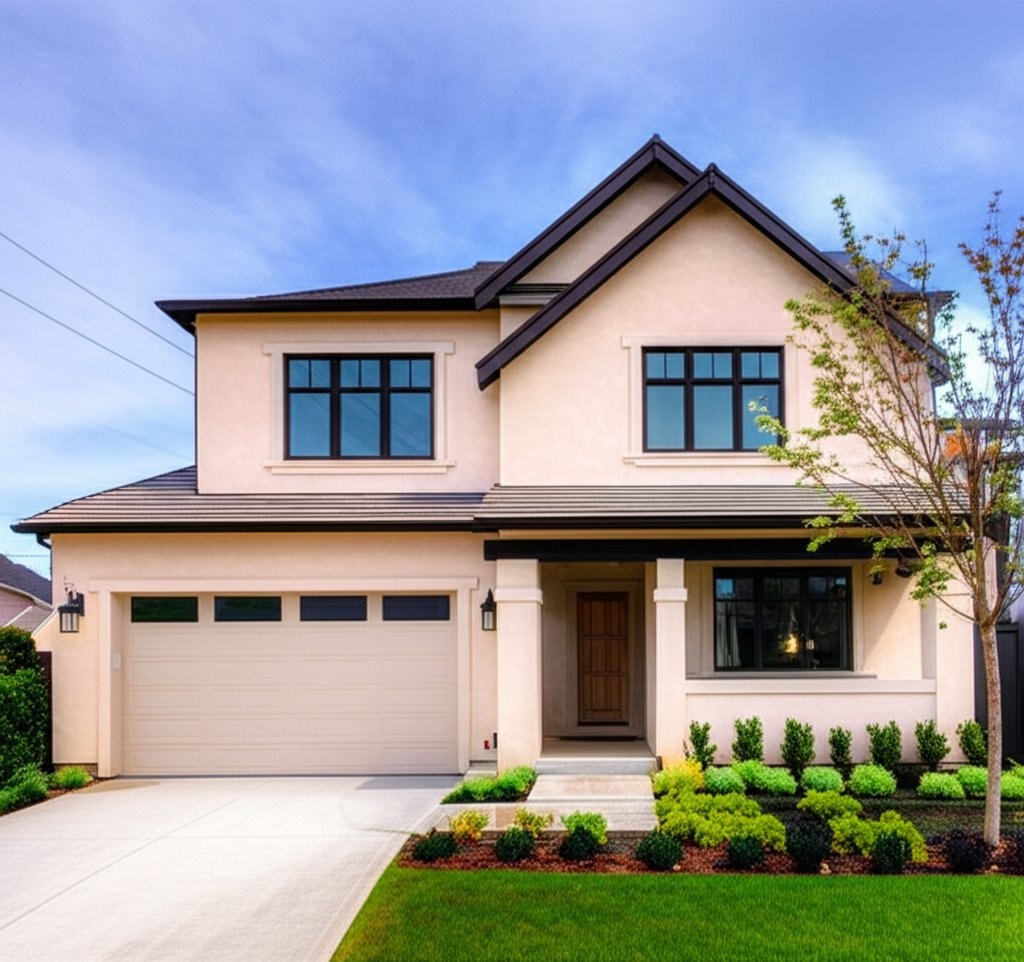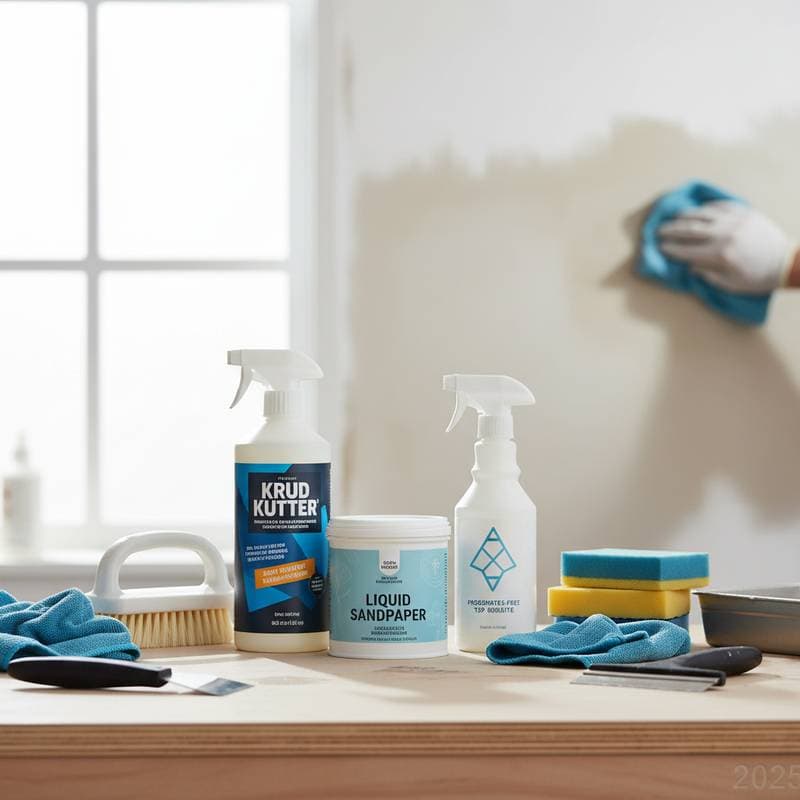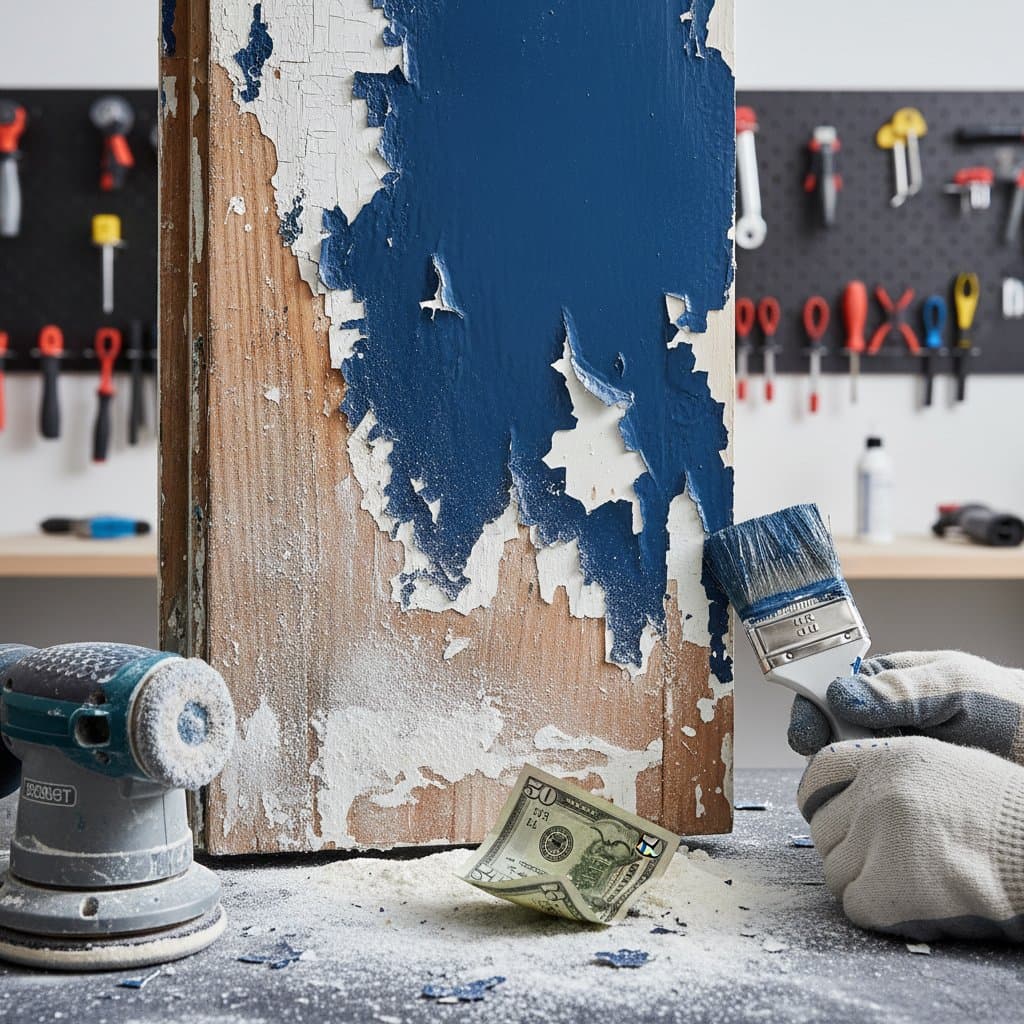Why Limewash Rules Exterior Home Makeovers
Homeowners seeking a natural, enduring finish for their exteriors increasingly select limewash. This mineral-based coating, derived from slaked lime, delivers a breathable layer that protects surfaces while permitting moisture vapor to pass through. Its rise in popularity stems from a blend of aesthetic charm and practical advantages, positioning it as a superior alternative to conventional paints for modern renovations.
Limewash creates a soft, textured appearance that evolves with time, fostering a patina that complements various architectural styles. Professionals apply it in multiple thin layers to achieve even coverage without the rigidity of traditional coatings. For those updating older homes or aiming for sustainable upgrades, limewash stands out by merging visual appeal with environmental responsibility.
Limewash Cost Overview
Applying limewash to a home exterior generally costs between $2 and $8 per square foot. Most projects average $5 per square foot, encompassing labor, materials, and preparatory work. Factors such as home size and surface complexity influence the final price, with smaller areas often falling on the lower end and intricate jobs approaching the upper limit.
Average Cost Ranges by Home Size
- Small home (under 1,000 sq. ft.): $2,000 to $4,000
- Medium home (1,000 to 2,000 sq. ft.): $4,000 to $10,000
- Large home (2,000+ sq. ft.): $10,000 to $18,000
These estimates assume standard conditions and professional installation. Consult local contractors for precise quotes tailored to your region.
Cost Breakdown per Square Foot
Typical expenses break down as follows:
- Materials: $0.50 to $2.00 per square foot, covering lime slurry and any pigments
- Labor: $1.50 to $5.00 per square foot, depending on application expertise required
- Preparation: $0.50 to $1.00 per square foot for cleaning and priming
- Sealers or additives: $0.25 to $0.75 per square foot to enhance weather resistance
Variations arise from local material availability and workforce rates. Always verify inclusions in contractor bids to align with your budget.
Factors Affecting Limewash Costs
Several elements determine the total expense of a limewash project. Understanding these allows for informed budgeting and fewer unexpected charges.
Surface Type: Limewash bonds effectively with porous substrates like brick, stucco, or stone. Non-porous or previously sealed areas necessitate stripping or priming, which can extend labor by 20 to 30 percent.
Condition of Exterior Walls: Address issues like cracks or water stains prior to application. Repairs might cost $500 to $2,000, based on the extent of damage and materials needed.
Number of Coats: Two coats provide optimal coverage and depth. A third coat for bolder effects increases costs by approximately 20 percent due to added materials and time.
Design Preferences: Custom effects, such as distressed textures, demand skilled layering. This precision work adds $1 to $2 per square foot.
Access and Height: Elevated or hard-to-reach sections require scaffolding, potentially adding $300 to $800 in equipment fees.
Detailed Cost Analysis by Finish Type
| Finish Type | Basic Range | Standard Range | Premium Range | Key Differences |
|---|---|---|---|---|
| Natural Limewash | $2 - $4 | $4 - $6 | $6 - $8 | Matte base vs. toned shades with sealers |
| Tinted Limewash | $3 - $5 | $5 - $7 | $7 - $9 | Pigments for subtle color variations |
| Distressed Finish | $4 - $6 | $6 - $8 | $8 - $10 | Multi-layer techniques for aged effects |
| Protective Topcoat | $1 - $2 | $2 - $3 | $3 - $4 | Boosted protection against elements |
Select finishes based on desired longevity and style. Premium options justify higher costs through enhanced performance.
Why Homeowners Choose Limewash
Limewash excels in exterior applications through its aesthetic and functional qualities. It permits walls to breathe, avoiding the moisture buildup that plagues synthetic paints and leads to deterioration.
Key advantages include:
- Natural resistance to mold and mildew via antimicrobial lime content
- Sustainable makeup from limestone and water, minimizing environmental impact
- Strong UV protection to maintain color integrity over years
- Ability to self-repair small fissures during the curing phase
These traits make limewash suitable for humid climates or historic restorations, where preservation matters as much as appearance.
Value and ROI Considerations
Investing in limewash yields lasting returns by safeguarding underlying structures and cutting upkeep expenses. Although upfront costs exceed those of basic paints, its durability spans 10 to 15 years, versus 5 to 7 for standard options.
The visual upgrade boosts property appeal, attracting buyers who value authentic, low-effort exteriors. Real estate experts note that such features can increase home values by 5 to 10 percent in competitive markets.
Regular inspections and minimal cleaning preserve the finish, extending its life and maximizing return on investment.
Money-Saving Strategies
Control expenses while achieving professional results with these approaches:
- Prepare Surfaces Early: Handle basic cleaning and minor fixes yourself to reduce professional labor time.
- Choose Natural Finishes: Opt for untinted, single-coat applications to keep costs straightforward.
- Bundle Projects: Combine exterior work with related tasks, like trim painting, for discounted rates.
- Schedule During Off-Peak Seasons: Book in fall or spring when demand dips, often securing lower bids.
- Maintain Properly: Use soft brushes and pH-neutral cleaners annually to avoid premature reapplication.
Implementing these steps can trim overall spending by 10 to 20 percent.
Planning Your Budget
Begin budgeting by calculating your home's exterior square footage using online tools or a tape measure. Factor in a 10 to 15 percent buffer for contingencies like weather delays.
Solicit at least three contractor quotes, specifying inclusions such as prep work and warranties. Prioritize authentic limewash products over imitations for superior adhesion and fade resistance.
Discuss application timelines to ensure curing occurs in ideal conditions, typically above 50 degrees Fahrenheit with low humidity.
Making Smart Decisions
Weigh limewash against alternatives by evaluating your home's architecture and maintenance goals. It suits textured, organic looks on masonry but may not match the opacity of modern paints on smooth surfaces.
For DIY trials, practice on small sections to gauge skill level; full exteriors benefit from expert hands to prevent uneven results. In consultations, inquire about coat specifics and post-application care to secure optimal outcomes.
Frequently Asked Questions
What surfaces work best with limewash?
Limewash performs optimally on absorbent materials like brick and stucco. Avoid slick metals or glossy finishes without proper priming.
How long does limewash last on exteriors?
With quality application, expect 10 to 15 years of service before refresher coats, depending on exposure to weather.
Is limewash environmentally friendly?
Yes, its natural ingredients produce low volatile organic compounds and support sustainable building practices.
When is the best time for limewash application?
Aim for mild, dry weather in spring or fall. These conditions aid even drying and reduce cracking risks.
Can limewash be applied over existing paint?
Removal is recommended for best results, though compatible primers allow overlay in some cases; consult professionals.
Enhancing Curb Appeal with Limewash
Limewash transforms ordinary exteriors into standout features that blend timeless elegance with practical resilience. By selecting this finish, homeowners invest in a solution that not only elevates daily living but also preserves property value for the future. Start exploring options today to achieve a refreshed, enduring look.



